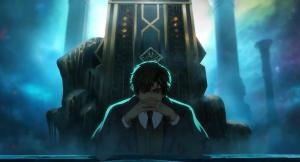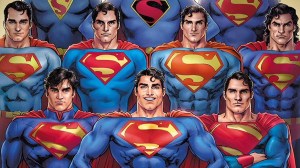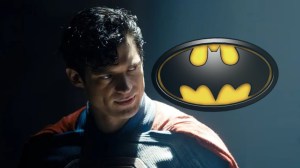Researchers with NASA’s Double Asteroid Redirection Test (DART) team have spent the past two weeks analyzing whether or not the planet’s first-ever planetary-defense test was a success. According to officials, DART did exactly what it was supposed to do: change the path of an asteroid that could threaten the safety of Earth-bound residents. While Dimorphus, the asteroid in question, was not a direct threat to Earth, scientists chose it for its size and location. As it turns out, the path of Dimorphus was, in fact, substantially changed by the satellite crash earlier this month, a big win for the DART team.
Videos by ComicBook.com
“All of us have a responsibility to protect our home planet. After all, it’s the only one we have,” NASA Administrator Bill Nelson said in a press release Tuesday. “This mission shows that NASA is trying to be ready for whatever the universe throws at us. NASA has proven we are serious as a defender of the planet. This is a watershed moment for planetary defense and all of humanity, demonstrating commitment from NASA’s exceptional team and partners from around the world.”
What did the Double Asteroid Redirection Test (DART) do?
Dimorphus is an asteroid that orbits around a larger asteroid named Didymos. The goal of the test was to cause an intentional collision that’d be able to impact Dimorphus and change its path and, in turn, its orbit or directory around its parent asteroid. According to data obtained, the DART impact was able to shorten Dimorphus’ orbit by a whopping 73 seconds, more than 25 times the benchmark set by NASA to determine what a successful test would mean.
“This result is one important step toward understanding the full effect of DART’s impact with its target asteroid” added Lori Glaze, director of NASA’s Planetary Science Division at NASA Headquarters in Washington. “As new data come in each day, astronomers will be able to better assess whether, and how, a mission like DART could be used in the future to help protect Earth from a collision with an asteroid if we ever discover one headed our way.”









